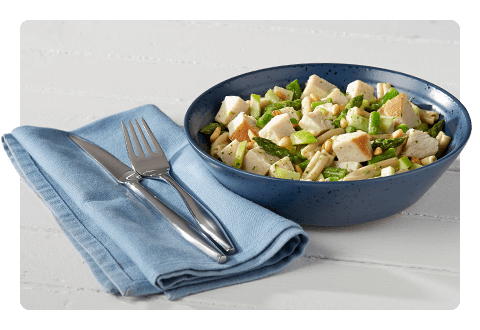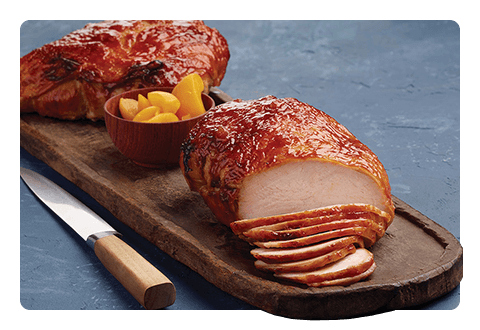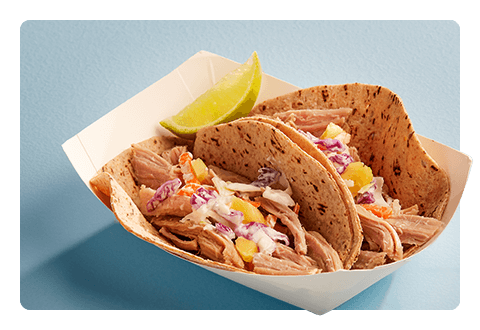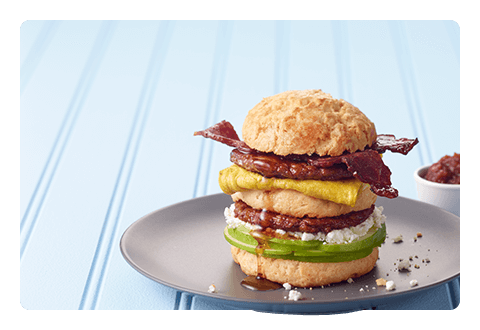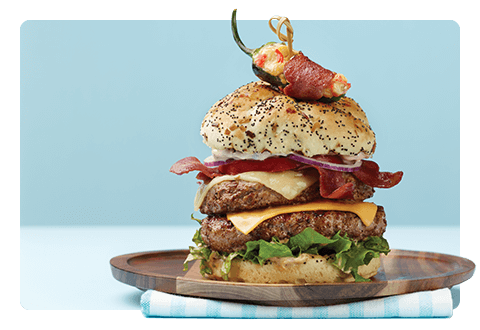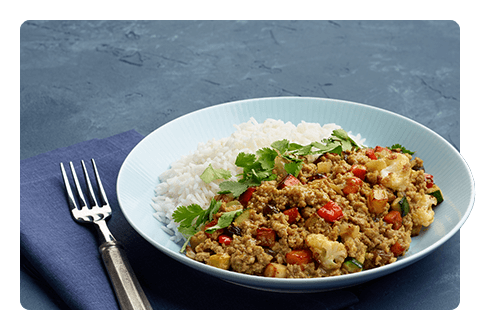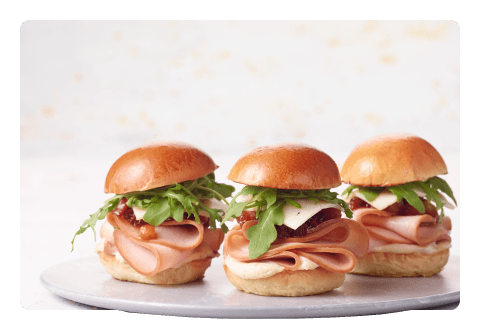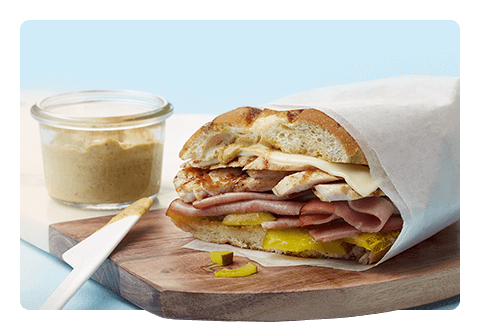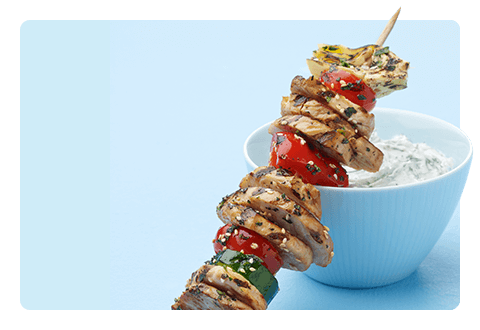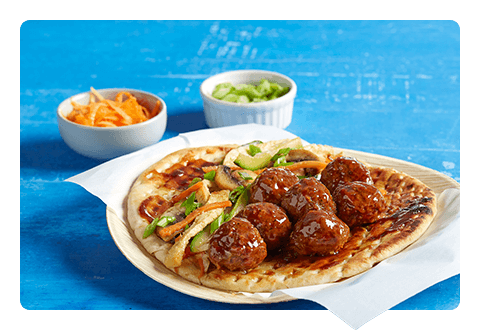Perfect the Art of Charring
Charring is an on-trend way to enhance dishes by creating smoky or woody flavors. It adds a touch of bitterness and darkened edges to food, resulting in a unique taste with a visual flourish. Instead of substituting ingredients, chefs can use charring to fine-tune recipes.
Here’s what to know about this technique:
- Charring is the ideal spot between caramelizing and burning. Charring is meant to strike a balance by complementing the other flavors in a dish, whereas burning goes beyond caramelizing to create a strong bitterness.
- Ovens and pans—particularly cast iron—are excellent for achieving the right temperature for charring. In contrast, open flames fueled by oxygen make food burn more easily.
- Meats, fruits and vegetables are great to char, especially those packed with natural sugar—such as corn, peppers and sweet potatoes. Their sweetness contrasts the bitterness of charring, creating elaborate and intense flavors.
The key difference between charring and burning is timing. It takes only a second for charred food to become burnt, so chefs should stay vigilant. Even so, burning still has a place in foods, as certain cuisines, such as Mexican, have long featured burnt elements. Burning can elevate recipes by creating texture and new variations—it all comes down to finding the middle ground. If done the right way, these methods add a layer of flavor that enhances all kinds of other ingredients, creating complex tastes that intrigue diners.
How does your operation use charring? Share your ideas with us on Facebook or LinkedIn. To pick up more pointers on cooking techniques and beyond, visit our Tips page.
SOURCES
Hise, Phaedra. Feel the char, not the burn: It heightens flavors, and here’s how to do it right, The Washington Post, October 2018.
Delany, Alex. What's the Difference Between Charred and Burnt?, Basically, August 2018.
Plummer, Todd. The Right Way to Burn Food, According to the Chefs Who Do It Best, Vogue, May 2018.

